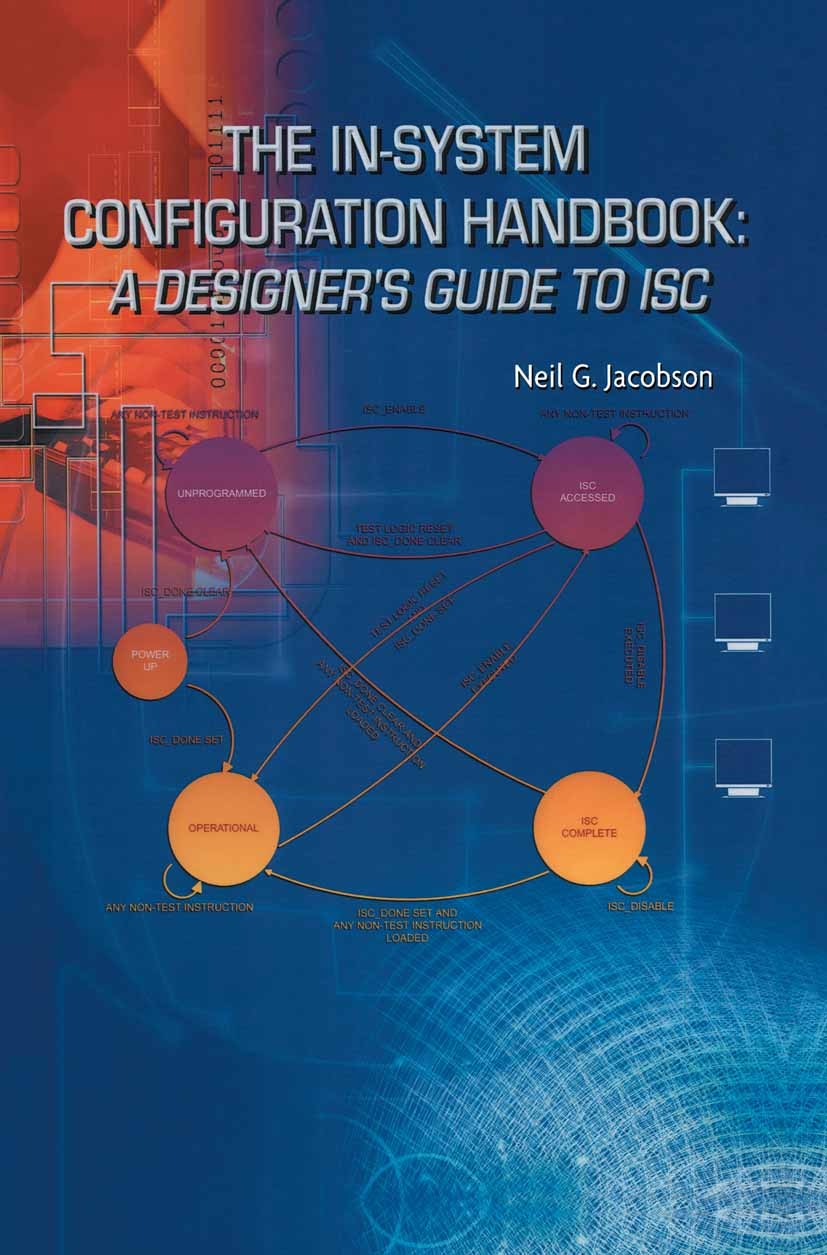| 书目名称 | The In-System Configuration Handbook: |
| 副标题 | A Designer’s Guide t |
| 编辑 | Neil G. Jacobson |
| 视频video | http://file.papertrans.cn/912/911874/911874.mp4 |
| 概述 | Provides design considerations and rules-of-thumb to ensure the functionality you want will work.Brings together, in a single volume, the information needed by systems designers to develop application |
| 图书封面 |  |
| 描述 | Programmable logic radically changed the electronic system design landscape. It reduced board space needed for random logic, state machines and system interfaces. It allowed faster design cycles, made easy late term bug fixes and gave designers greater freedom to experiment and prototype. In-system programming of these devices has had a similar revolutionary effect. The ability to change the programmed content of programmable logic while it is on the board is equivalent to being able to redesign all the hardware -without changing a single component. This allows the possibility of providing field upgrades of your product to fix problems or to introduce new functionality. It allows designing in reconfiguration as an essential function of your system with different capabilities swapped in as needed during run-time. Further it allows storage of different product profiles for retrieval as necessary to allow just-in-time configuration of systems to meet market needs. Recent developments in programmable logic have helped in making realizing reconfigurable systems more streamlined. The most significant development, though, was the introduction, approval and popularization of IEEE STD 1532, |
| 出版日期 | Book 2004 |
| 关键词 | Hardware; Standard; algorithms; architecture; development; integrated circuit; logic; programming |
| 版次 | 1 |
| doi | https://doi.org/10.1007/978-1-4615-0489-4 |
| isbn_softcover | 978-1-4613-5102-3 |
| isbn_ebook | 978-1-4615-0489-4 |
| copyright | Springer Science+Business Media New York 2004 |
 |Archiver|手机版|小黑屋|
派博传思国际
( 京公网安备110108008328)
GMT+8, 2025-11-19 01:33
|Archiver|手机版|小黑屋|
派博传思国际
( 京公网安备110108008328)
GMT+8, 2025-11-19 01:33


